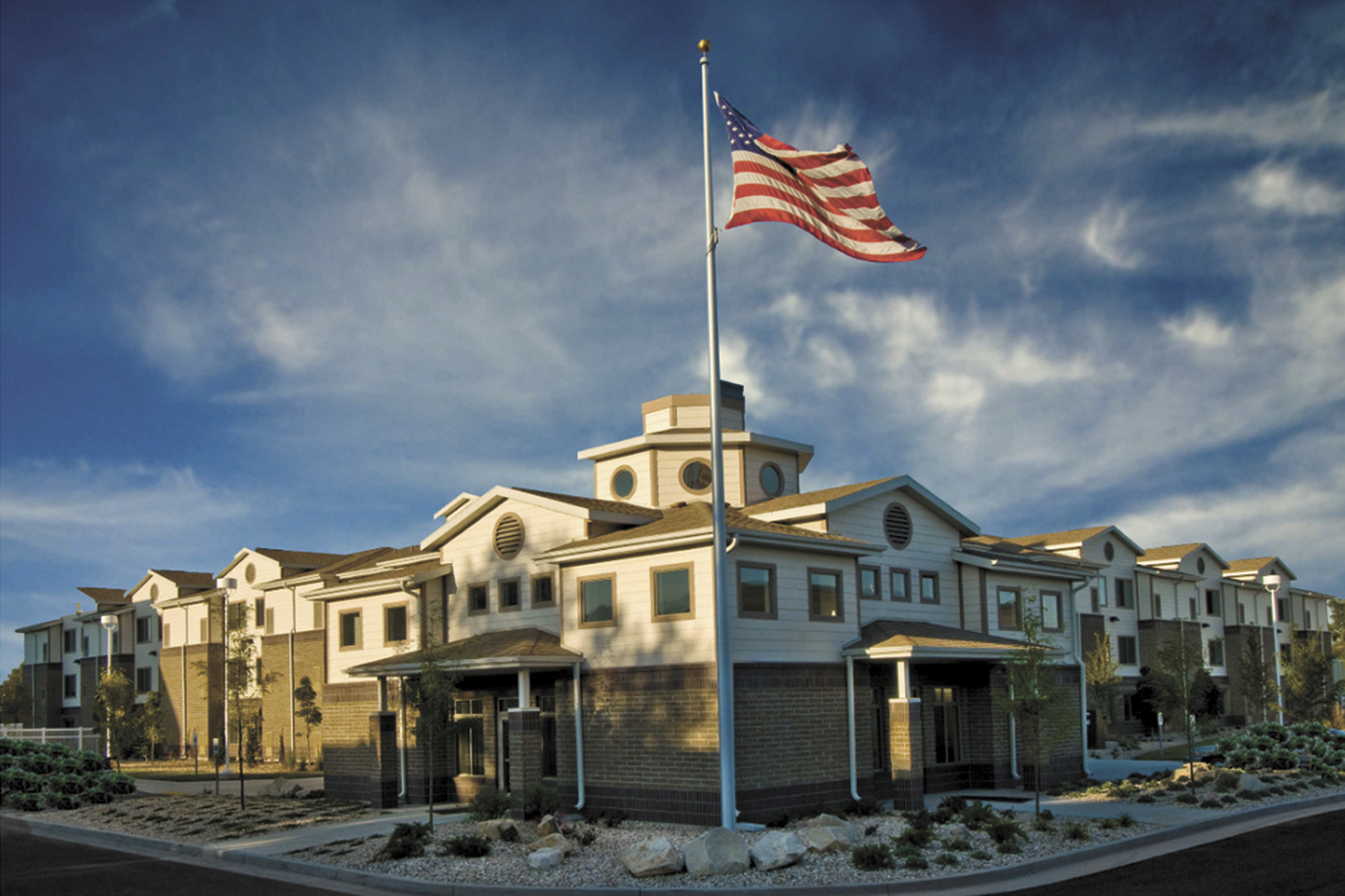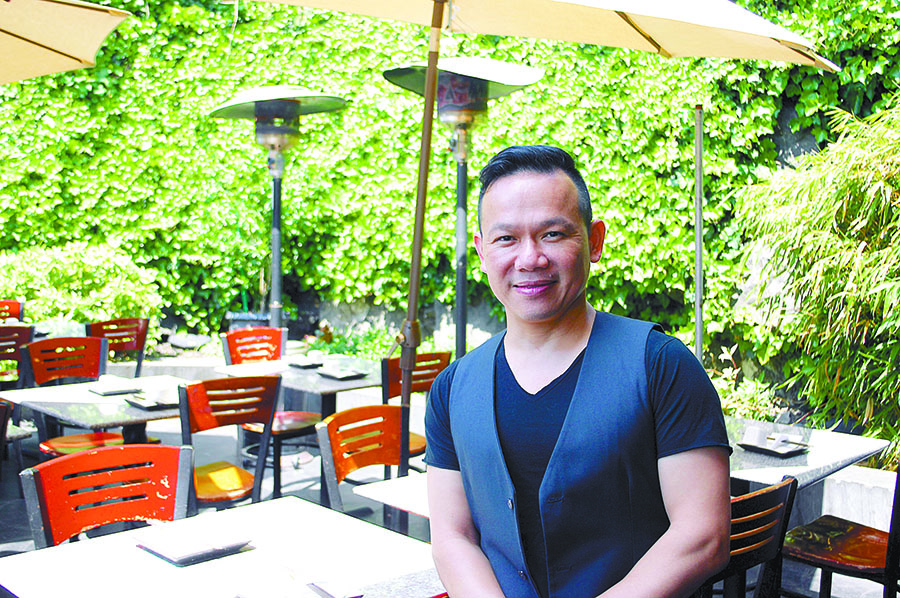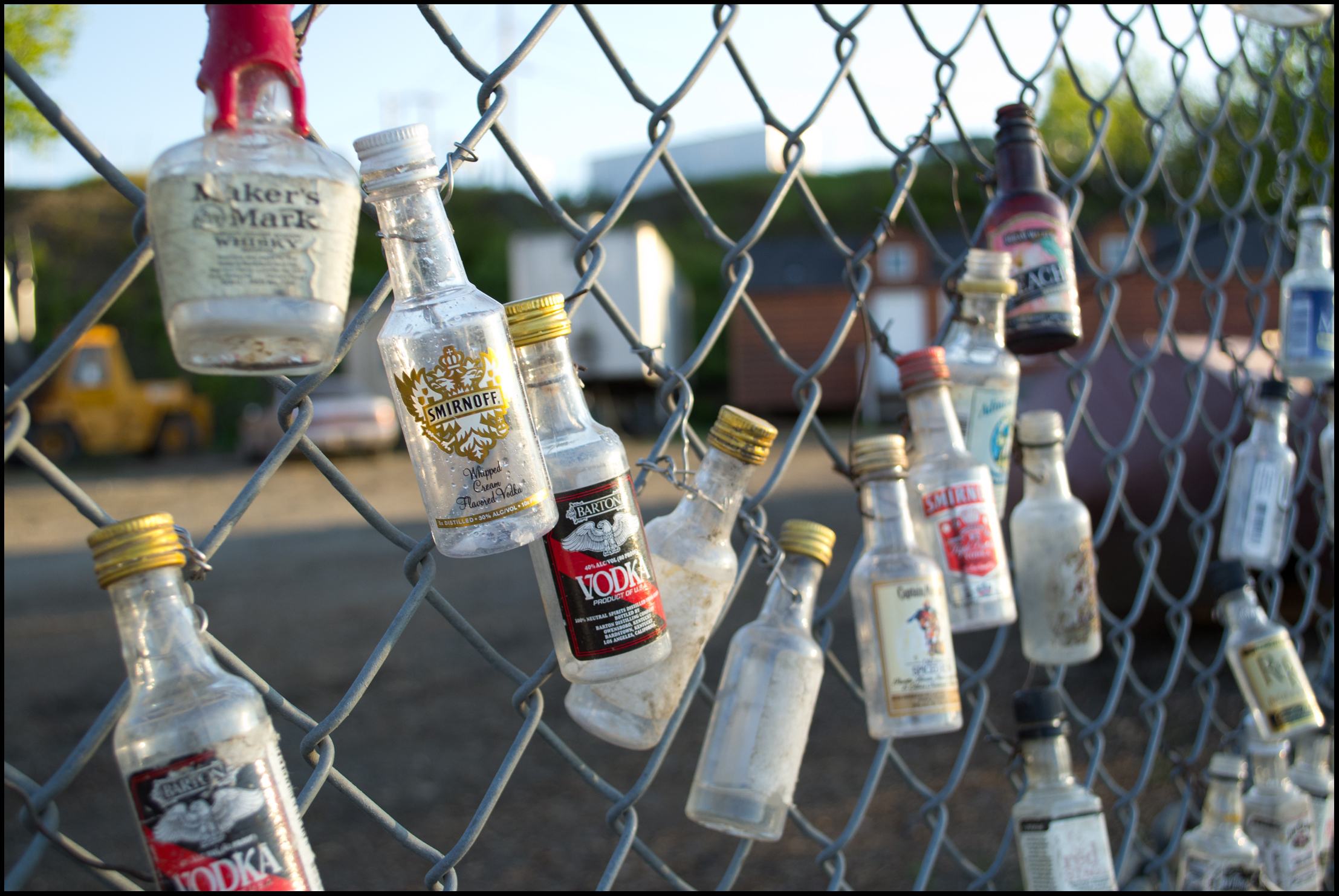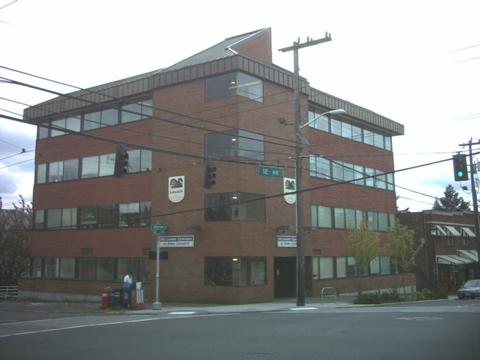Friends of the Food Forest gather at the site.Seven sloping acres at the southwest edge of Jefferson Park is being transformed into an edible landscape and community park that will be known at the Beacon Food Forest, the largest of its kind in the nation. For the better part of a century, the land has languished in the hands of Seattle Public Utilities. That will all change this spring.One full acre will be devoted to large chestnuts and walnuts in the overstory. There’ll be full-sized fruit trees in the understory, and berry shrubs, climbing vines, herbaceous plants, and vegetables closer to the ground.As Robert Mellinger reports in Crosscut today, “Further down the path an edible arboretum full of exotic-looking persimmons, mulberries, Asian pears, and Chinese haws will surround a sheltered classroom for community workshops. Looking over the whole seven acres, you’ll see playgrounds and kid space full of thornless mini-edibles adjacent to community gardening plots, native plant areas, a big timber-frame gazebo and gathering space with people barbecuing, a recreational field, and food as far as you can see.”The entire project will be built around the concept of permaculture — an ecological design system, philosophy, and set of ethics and principles used to create perennial, self-sustaining landscapes.”If this is successful,” explains Margaret Harrison, the lead landscape architect for the Beacon Food Forest, “it is going to set such a precedent for the city of Seattle, and for the whole Northwest.”The idea for the Food Forest germinated in 2009. From early on, writes Mellinger, the group — led by Beacon Hill gardener and sculptor Glenn Herlihy — held casual meetings with the Beacon Hill community. “These led to the formation of a steering committee called Friends of the Food Forest — a team initially composed of Herlihy and two others from the permaculture class, Jacquie Cramer and Daniel Johnson. In 2010, the group secured $22,000 in Neighborhood Matching Funds from the Department of Neighborhoods.”Writes Mellinger:Friends of the Food Forest undertook heroic outreach efforts to secure neighborhood support. The team mailed over 6,000 postcards in five different languages, tabled at events and fairs, and posted fliers. And Seattle residents responded. The first meeting, especially, drew permaculturalists and other intrigued parties from all around the city.One afternoon the design team showed up on site and discovered the play fields inundated with the tents, pageantry, barbecues, and crowds of a typical afternoon of Samoan cricket playing. The design had to be revised to accommodate their short-cut up to the fields and plans were made to interview members of the Samoan community to find out what kinds of plants they would like to have along the edge BFF shares with the fields.More than 70 people, mostly from Beacon Hill, attended the second meeting in mid-July, where proposed designs were laid out on giant sheets paper with markers strewn about so the community could scribble their ideas and feedback directly onto the plans.Follow The Daily Weekly on Facebook and Twitter.
More Stories From This Author
New state legislation fights catalytic converter theft
Governor Jay Inslee signed a bill on March 26 adding new regulations to the purchase and sale of catalytic converters…
By
Benjamin Leung • April 8, 2024 1:55 pm
Kirkland officer steps down following investigation into bikini barista incident
A Kirkland police officer accused of exhibiting odd behavior toward bikini barista employees while using a city-owned vehicle has resigned…
By
Cameron Sires • April 5, 2024 10:09 pm
KC Sheriff’s Office sues over Burien encampment ban
Office of Law Enforcement Oversight director calls Burien’s ordinance “unconstitutional.”
By
Cameron Sheppard • March 18, 2024 12:32 pm







